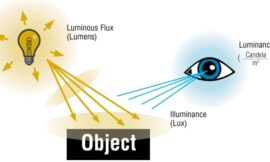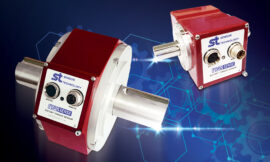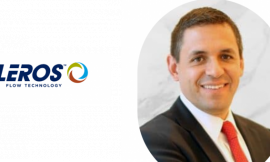How do we prevent hot water from boiling?
Centrifugal pumps can pump liquid, but not vapor. Under normal conditions (at atmospheric pressure) water boils at 100 degrees Celsius, so how do we make sure water stays in a liquid form above 100 degrees Celsius? The vapor pressure for water graph below shows the phase diagram of water, in which we see a horizontal axis that represents the temperature and a vertical axis that represents the pressure. It shows that if we reduce the pressure enough we can boil water at temperatures below 100 degrees Celsius. However, if we choose to increase the pressure we can make sure water stays in its liquid form, even when the temperature is over 100 degrees Celsius.
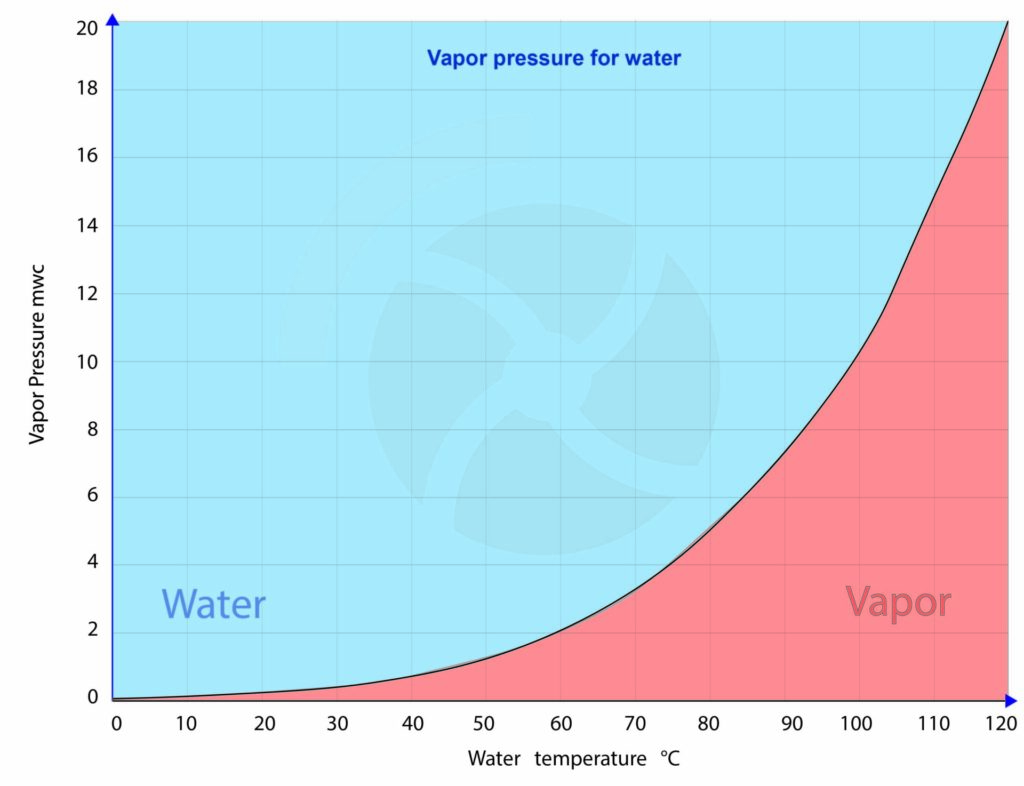
Conclusion, by directing the water into the pump under sufficient pre-pressure we can keep it in liquid form and the pump can function without the occurrence of cavitation.
The pump NPSHr characteristic changes at higher temperatures
Providing pre-pressure is not only necessary at an average temperature above 100 degrees Celsius. Above an average temperature of 40 degrees Celsius, the suction height (if applicable) should be seriously considered. At temperatures above 80 degrees Celsius, suction from a lower level is practically impossible and pre-pressure will be required.
Centrifugal pumps are tested with water at 20 degrees Celsius. The pump manufacturer creates the pump performance curve charts based on this temperature. One of those curves is the NPSHr curve, which enables you to determine the available suction head of the relevant pump. However, if you start pumping hot water, the NPSHr curve will change. Simply put, it moves disproportionately with the temperature of the fluid.
With the graph correction NPSHr curve you can easily determine how the standard pump curve changes with water temperatures.
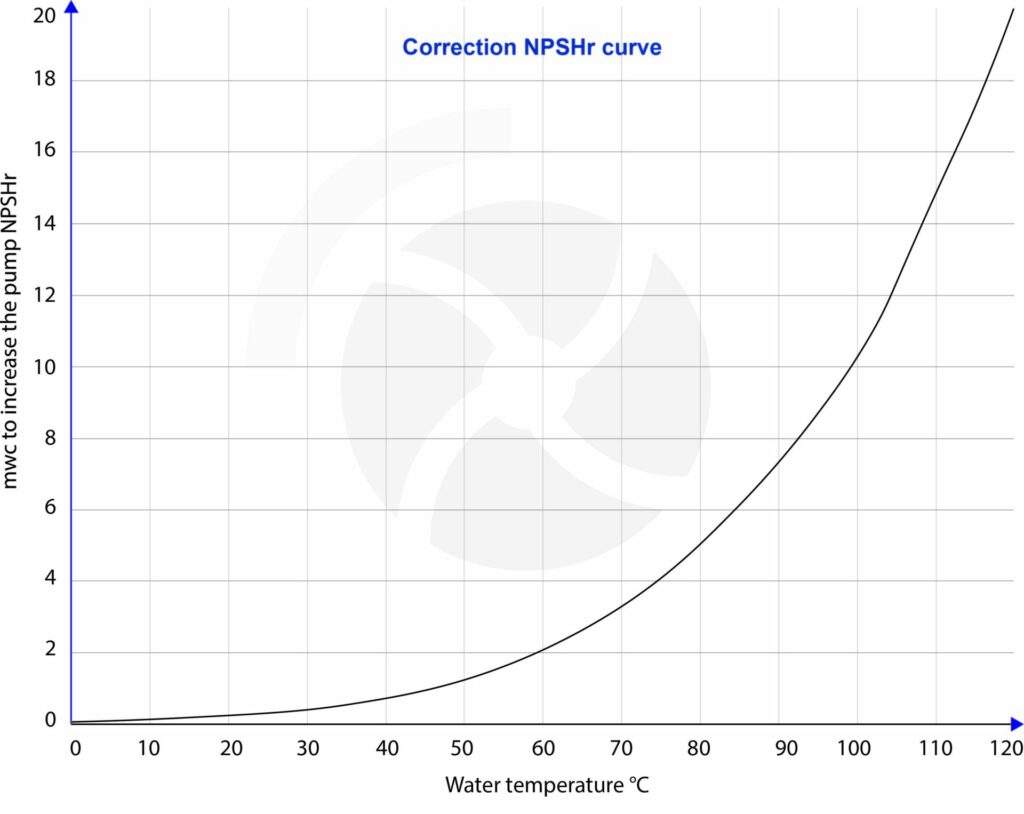
Pump materials
Centrifugal pumps are available in different materials such as cast iron, bronze, stainless steel, etc. The materials are selected depending on the medium to be pumped. Each material has its own coefficient of expansion. The coefficient of expansion is a material property that is indicative of the extent to which a material expands upon heating. When constructing a centrifugal pump, the coefficient of expansion of the selected materials must be considered, otherwise damage may occur, for example in the case of narrow clearances. Also consider the flange connections in the suction and discharge pipes, these are also subject to high temperatures and therefore expansion.
In addition, bearings and gaskets are mounted in a pump, these must be resistant to the average temperature. Pumps that are used for high temperatures are often equipped with a bearing frame/flexible coupling and not close-coupled, this is because the electric motor can potentially overheat due to its proximity to the heat source. For this reason, the use of standard submersible pumps at an average temperature above 45 degrees Celsius is excluded, as the electric motor will overheat and fail. Bearing frames must also be fitted with oil-lubricated bearings because the viscosity of grease reduces at higher temperature and then flows out of the bearing, in which case any lubricating effect is lost.
Many centrifugal pumps are equipped with rubber (NBR) or paper gaskets, however, these materials are unsuitable for temperatures above 120 degrees Celsius. At temperatures above 120 degrees Celsius it is advisable to use PTFE materials.
The mechanical seal also needs extra attention at high temperatures, pay particular attention to the elastomers contained in the mechanical seal, these need to be resistant to the high temperatures.
Safety
Naturally, the hot parts of the pump and the piping system must be properly shielded. There are however additional safety aspects that need to be understood. For this reason, we always recommend to carefully read the safety instructions contained in the pump manual.
When sharing this general information, we have not gone into all of the details of this specific area of pump knowledge. As a result, no rights can be derived from the information about pumping hot liquids. If you have a critical pump installation or questions about other fluids, please contact us.
Source of Article
